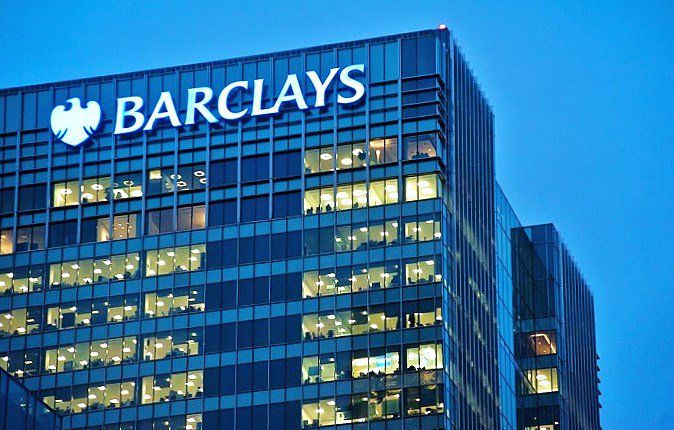
Global oil demand is recovering with major economies reopening amid a cautious supply approach from OPEC+ and restraint in U.S. shale, Barclays said on Friday.
Despite the possibility of a return of Iranian oil supply and the resurgence of COVID in parts of Asia, global oil demand is “healing” and oil inventories are set to normalize over the next two to three months, the UK bank said in a note on Friday carried by Reuters.
Barclays expects the global market to be in a deficit of around 1.5 million barrels per day (bpd) in the second half of this year.
“Extended mobility restrictions in the region [Asia] might slow the demand recovery somewhat, but seem unlikely to stall it for a sustained period, given largely positive results of vaccination programs worldwide,” analysts at Barclays noted.
The bank sees Brent Crude prices averaging $66 per barrel in 2021, while WTI Crude is set to average $62 a barrel this year.
Those price forecasts were very close to the actual prompt prices early on Friday, when WTI Crude traded up by 1.5 percent to just above $63, and Brent Crude was also up more than 1 percent at $66.00 as of 7:42 a.m. EDT, as the U.S. dollar was falling.
Last month, Goldman Sachs said that it expects to see “the biggest jump in oil demand ever” over the next six months. Goldman Sachs analysts see oil demand jumping by 5.2 million bpd over the next six months.
Despite the recent bearish concerns surrounding India’s COVID crisis, investment banks, as well as OPEC and the International Energy Agency (IEA), are optimistic that global oil demand is set for a strong rise in the second half of this year.
The excess oil inventories of the past year have been all but depleted, the IEA said earlier this month, noting that “The widening supply and demand gap paves the way for a further easing of OPEC+ supply cuts or even sharper stock draws.”
Barclays acknowledges that a return of Iranian oil supply could lead to OPEC+ slowing the pace of easing the cuts to prevent oil prices from slumping too much.



























